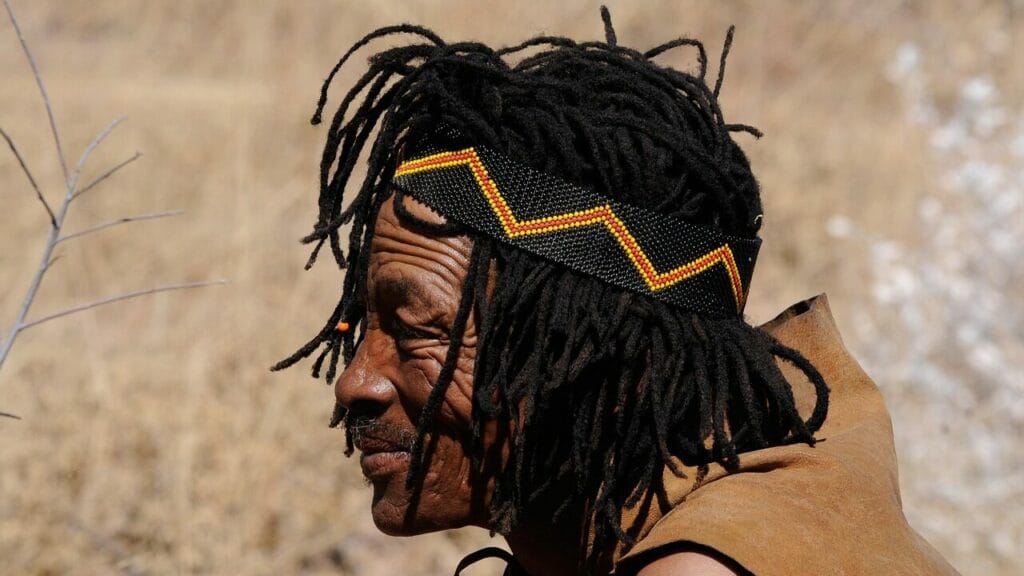A new museum in Brantford sheds light on a significant part of Canadian history, aiming to educate and raise awareness about Indigenous culture. The Mohawk Institute Residential School, a site with a dark past where thousands of Indigenous children were forcibly taken away from their families, has been transformed into an interpretive cultural center.
The center, set to officially open, stands as a tribute to the children who endured the hardships of the Mohawk Institute. Survivors like Roberta Hill, who attended the school as a child, emphasize the importance of understanding this shared history. Heather George, the executive director, highlights the center’s goal of allowing visitors to empathize with the experiences of the children who lived there.
Dating back over a century, the Mohawk Institute was the first and longest-running residential school in Canada, eventually closing in 1970. With the building falling into disrepair, efforts were made to preserve it as a historical testament to the injustices that occurred within its walls.
Visitors can now explore reconstructed spaces like classrooms and laundry rooms, offering a glimpse into the daily lives of the children who once walked these halls. Survivors share their personal stories, providing insights into the trauma and challenges they faced during their time at the institute.
As the center prepares to open to the public on September 30, the National Day for Truth and Reconciliation, individuals will have the opportunity to learn firsthand about this dark chapter in Canadian history and honor the resilience of Indigenous communities.
Keyphrase: Indigenous residential schools

